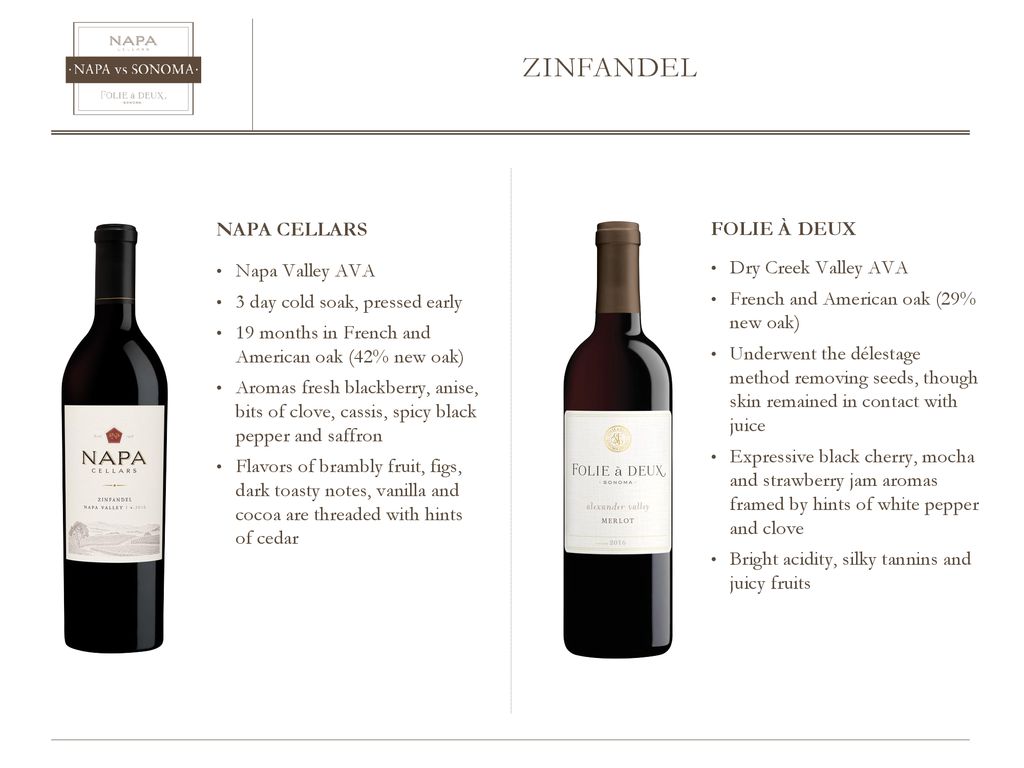
This includes a wider range of psychiatric conditions in the primary, the possibility of psychiatric morbidity in the secondary, susceptibility in the secondary not necessarily limited to gender differences, and the acknowledgement of socio-cultural changes in the presentation of this condition. We propose a broader nosological entity than the one described by Lasègue. Regarding the primary, the authors found a broader range of psychiatric conditions than what was originally described. The possibility of psychiatric morbidity in the associate is absent in the description of the syndrome and doesn't appear in current diagnostic criteria. This is highly suggestive of a biological contribution to the condition. In previously published work, we showed that separation of the dyad doesn't always result in disappearance of psychopathology. In this context exposure to the primary could act as a psychosocial trigger for a 'transient psychotic phenomenon' in a subject who would have developed a psychotic episode in any case. It also described a high level of psychiatric morbidity in the secondary accompanied by an extensive family history for psychiatric illness.

This work included all the published literature from 1942 to 1993 and revealed a substantial shift in the psychosocial aspects of the presentation of 'Folie à Deux'. A review, that adopted operational criteria in the identification of caseness, found discrepancies in the original description of this phenomenon. This has inevitably led to questioning not just the actual essence of the condition but also the validity of the original description in a way that it now resembles an elusive entity. This has contributed to an increase in our knowledge of the neuropsychological mechanisms underlying the phenomena, beyond pure phenomenological descriptions. In the last century, a plethora of reports have been published. The lack of clarity is undoubtedly supported by objective limitations in the aetiological understanding of the syndrome, its rarity, as well as the limited knowledge of its natural history and prognosis. For example terms like 'Folie Imposee', 'Folie Simultanee', 'Folie Communiqué' and 'Folie Indiute' designate subtypes of the phenomena of 'Folie à Deux'. To complicate matters even further, there have been attempts to organize the disorder into subtypes according to the psychopathology encountered.

This was mainly because a priori assumptions, impregnating the description of this phenomenon and incorporated into operational definitions, are difficult to test. The principal limitation of such definitions is that they describe phenomena initially formulated in a milieu of societal values and psychodynamic views of a different era. Standardised criteria adopt two main terms 'Induced delusional disorder' (ICD-10), and 'Shared psychotic disorder' (DSM-IV). Since the introduction of validated diagnostic criteria, very little has changed in the description of the phenomena. The early criteria for 'Folie à Deux' outlined by Lasègue and Farlet assumed some aetiological factors that significantly shaped subsequent psychiatric thought, with little supporting evidence or critical examination (Table (Table1). Although 'Folie à Deux' is probably the most widely used term for this type of disorder, many other terms are used synonymously such as 'double insanity' and 'psychosis of association', leading to considerable confusion. They coined the term 'Folie à Deux', a relatively rare syndrome that has long since attracted much clinical attention.


Lasègue and Falret first described the phenomena of the transference of delusional ideas from a 'primary' affected individual to one or more 'secondaries', in close association.


 0 kommentar(er)
0 kommentar(er)
